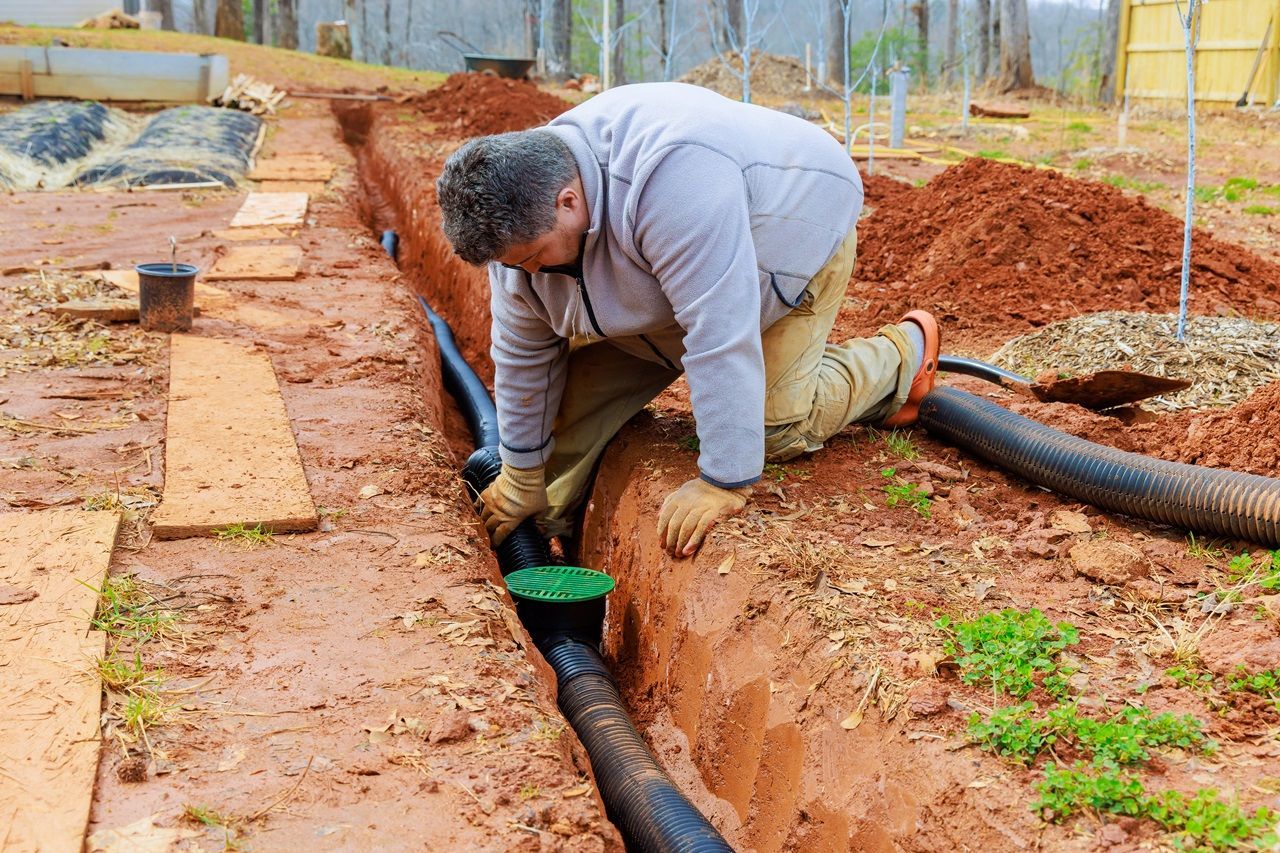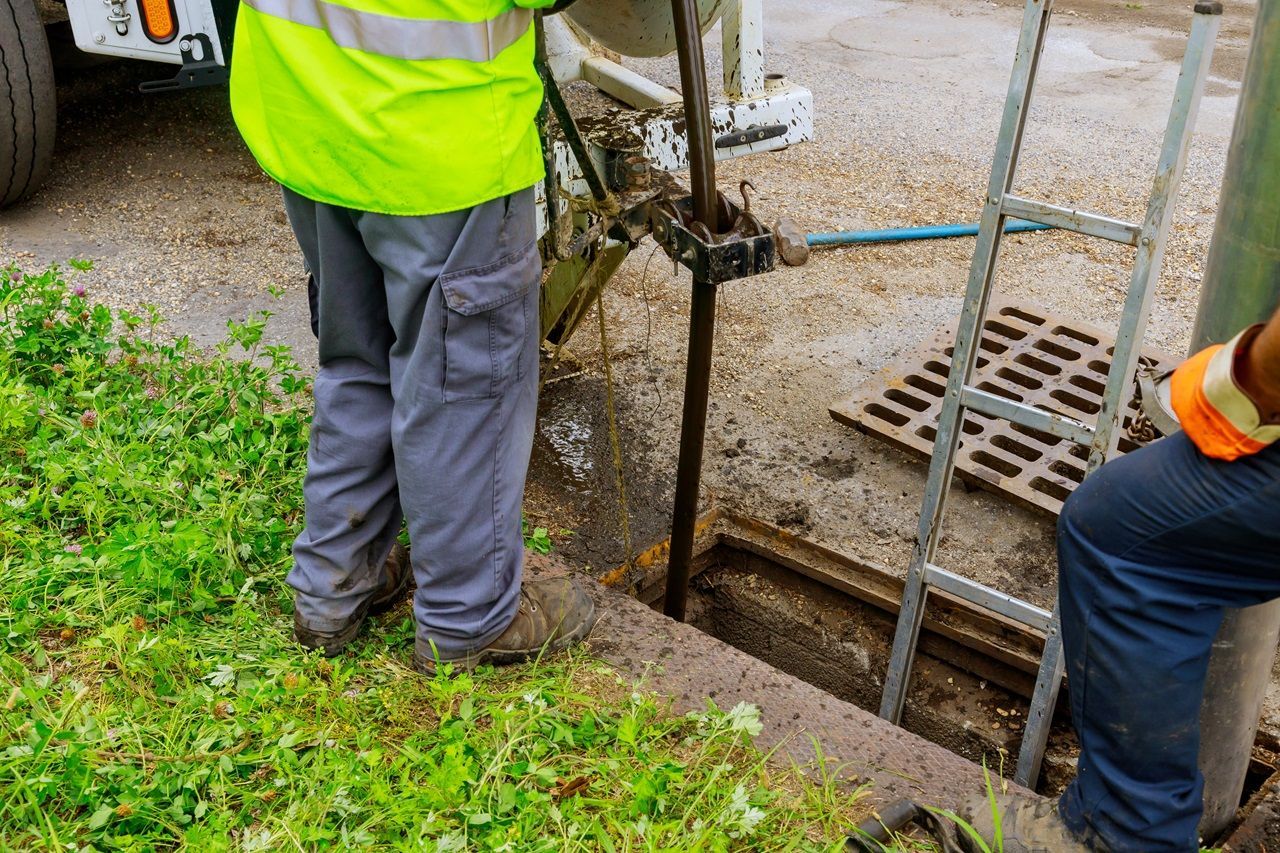
The Benefits of Trenchless Pipe Repair and Replacement Techniques
Traditional methods of pipe repair and replacement often entail extensive excavation, high costs, and significant disruption to your property. Thankfully, modern plumbing technology has brought about innovative and efficient solutions, such as trenchless pipe repair and replacement, which provide a less invasive, more sustainable, and cost-effective alternative.
In this informative guide, we will explore the benefits of trenchless pipe repair and replacement techniques, including the two primary methods: pipe relining and pipe bursting.
Trenchless technology offers numerous advantages to both homeowners and plumbers alike, such as reduced property damage, quicker completion times, cost savings, and a long-lasting solution to damaged or deteriorated pipes. We will also discuss the situations in which trenchless methods are most appropriate and provide an overview of how these techniques are performed, giving readers a comprehensive understanding of this revolutionary approach to pipe repair and replacement.
1. Pipe Relining
Pipe relining is a trenchless repair technique that involves inserting a flexible, resin-saturated liner into the damaged pipe. The liner is subsequently inflated and cured, effectively creating a new, durable pipe within the existing one. This process can repair cracks, leaks, and other pipe damage without the need for major excavation. Key benefits of pipe relining include minimal property disruption, a relatively quick process, and a highly durable, long-lasting repair.
2. Pipe Bursting
Pipe bursting is another trenchless method primarily used for replacing damaged or deteriorated pipes. In this process, a specialised bursting head is inserted into the existing pipe, breaking it apart as it moves through and simultaneously pulling a new pipe into place behind it. This technique is particularly well-suited for addressing issues such as tree root intrusion and severely collapsed or misaligned pipes.
Pipe bursting provides the benefits of minimising property disruption, reducing the time and cost associated with traditional replacement methods, and offering an environmentally friendly solution.
The Advantages of Trenchless Pipe Repair and Replacement
1. Minimal Property Disruption
One of the most significant benefits of trenchless techniques is their minimal impact on your property. Traditional pipe repair and replacement methods often involve extensive excavation and landscaping work, causing substantial disruption to your home and garden. In contrast, trenchless methods typically require just a few small access points, preserving your property's aesthetics and integrity.
2. Time and Cost Efficiency
Trenchless pipe repair and replacement techniques are typically quicker to complete than traditional methods, as they do not involve extensive digging and landscaping. The reduced labour and equipment requirements also translate to cost savings for homeowners. Moreover, the decreased disruption to your property and the reduced need for post-repair landscaping work contribute to additional time and cost savings.
3. Enhanced Durability and Longevity
Trenchless pipe repair and replacement methods often result in stronger and more durable piping systems than traditional methods. For instance, pipe relining creates a smooth, seamless new pipe within the existing one, reducing the likelihood of future leaks, cracks, or tree root intrusion. Similarly, pipe bursting allows for the efficient installation of new, high-quality pipes designed to withstand ground shifts and other external pressures. These enhancements result in a long-lasting and reliable plumbing solution for homeowners.
4. Environmentally Friendly
Trenchless techniques are more environmentally friendly compared to traditional pipe repair and replacement methods. Since there is minimal excavation involved, there is less disruption to the surrounding ecosystem and a reduced risk of soil contamination caused by broken or leaking pipes. Additionally, the long-lasting and durable results of trenchless methods can contribute to resource conservation and reduced waste generation, aligning with environmentally conscious practices.
Identifying Appropriate Situations for Trenchless Techniques
1. Pipe Damage Types
Trenchless pipe repair and replacement methods are versatile and can be utilised to address various pipe issues, including leaking or cracked pipes, misalignment, and tree root intrusion. However, it is essential to engage a professional plumber to assess your specific situation and determine the most appropriate solution for your needs.
2. Pipe Material Compatibility
Trenchless techniques can be successfully applied to numerous pipe materials, including clay, PVC, concrete, and cast iron. However, a professional assessment of your existing pipes' material and condition is necessary to determine if trenchless methods are feasible and suitable for your unique circumstances.
3. Accessibility and Location
While trenchless techniques are less invasive than traditional methods, minimal access points are still required to execute the pipe repair or replacement. The location and accessibility of your pipes play a crucial role in determining the suitability of trenchless methods for your situation. A professional plumber can assess and advise you on the best approach based on your property's layout and pipe accessibility.
Embracing Modern Plumbing Solutions with DCG Plumbing
Trenchless pipe repair and replacement techniques offer a modern, less disruptive, and cost-effective alternative to traditional methods without sacrificing the quality and durability of the final outcome. By understanding the benefits and appropriate applications of these innovative techniques, homeowners can make informed decisions and embrace cutting-edge plumbing solutions tailored to their unique circumstances.
At DCG Plumbing, our experienced and knowledgeable professionals are committed to staying at the forefront of industry advancements, providing exceptional service and expertise in all aspects of plumbing and drainage systems.
For more information on
trenchless pipe repair and replacement techniques or any of our other services, contact our team today and discover the best plumbing solutions for your home and family.
You might also like
Book a Service Today
We will get back to you as soon as possible
Please try again later
Fully Licensed and Insured
Servicing Melbourne's Mornington Peninsula.
All Rights Reserved | DCG Plumbing. Wesbite by PENSTAR DESIGN


